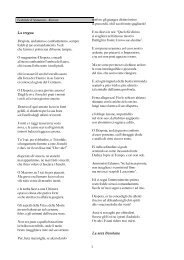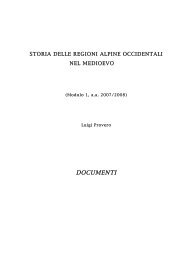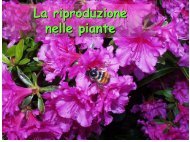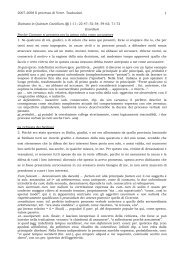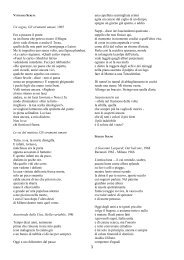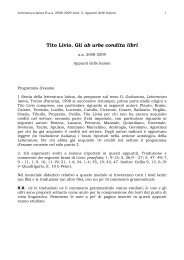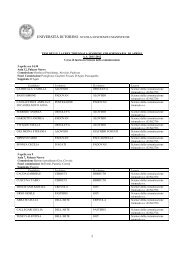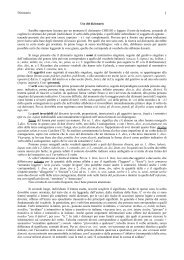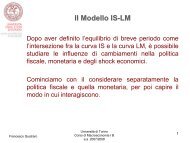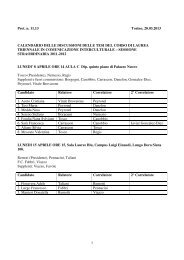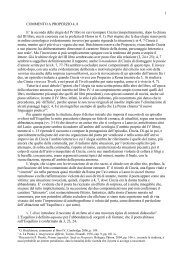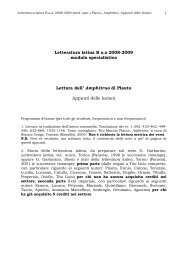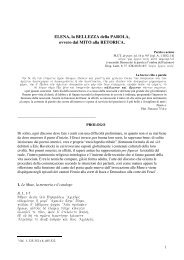ajAti vAda
ajAti vAda
ajAti vAda
Create successful ePaper yourself
Turn your PDF publications into a flip-book with our unique Google optimized e-Paper software.
ishTasiddhi. This jnAnottama lived in the region of Tanjavur in Tamil Nadu. His full<br />
name in the manuscripts is jnAnottama miSra mahopAdhyAya, which indicates that<br />
unlike the jnAnottama mentioned earlier, he was a householder scholar. There is some<br />
evidence from the last verse of the candrikA that this author later became a sannyAsin by<br />
name sarvajnASrama.<br />
Between the 9th and 13th centuries, SankarAcArya's exposition of advaita came under<br />
attack by rival vedAntin teachers, such as bhAskara (bhedAbheda), rAmAnuja<br />
(viSishTAdvaita), nimbArka (dvaitAdvaita), and AnandatIrtha (dvaita). There was also a<br />
resurgence of nyAya-vaiSeshika philosophy around the same time, culminating in the<br />
fully developed navya-nyAya school of later times. After this period, all later authors in<br />
the advaita tradition concentrate on addressing issues raised by philosophers from<br />
nyAya, and rival schools of vedAnta. This is in contrast with the early authors whose<br />
major concerns were with the tenets of the sAm.khya, mahAyAna buddhists and the<br />
pUrva mImAm.sakas.<br />
SrIharsha, who wrote the khaNDana-khaNDa-khAdya, [5] is an important author in the<br />
history of advaita vedAnta. He mainly addresses the nyAya school, and points out<br />
fallacies in their definitions of various concepts. Such criticisms lead to a later reworking<br />
of the nyAya system, which soon lost its earlier naive realism. After SrIharsha's time,<br />
logical formalism took center stage, culminating in the highly formal logical system of<br />
the navya-nyAya (new logic) school. The khaNDana-khaNDa-khAdya was commented<br />
upon both by advaitins and naiyyAyikas. SrIharsha is also famous as the author of the<br />
naishAda-carita, which relates the purAnic story of nala and damayantI. He is known for<br />
using extremely difficult grammatical constructions in the sam.skRta language, and<br />
constructing sentences using words in such a way as to yield multiple meanings. For<br />
example, the word yAgeSvara can be split as yAgAnAm ISvara:, the lord of sacrifices, or<br />
as yA ageSvara:, the lord of mountains, and both meanings are significant in the same<br />
sentence. SrIharsha's work has been commented upon by many later advaitins, and also<br />
by authors in the nyAya-vaiSeshika tradition.<br />
citsukha, a disciple of jnAnottama, wrote a number of works, including commentaries<br />
on the khaNDana-khaNDakhAdya, brahmasiddhi and naishkarmyasiddhi. His<br />
tattvapradIpikA is more famously known as citsukhI. [6] Like SrIharsha before him,<br />
citsukha also makes effective use of the dialectical method seen in the works of<br />
nAgArjuna, the buddhist philosopher. Both acknowledge this fact, but criticize the<br />
madhyamaka school for not affirming the ultimate reality of brahman. Anandabodha,<br />
AnandAnubhava, akhaNDAnanda and anubhUtisvarUpAcArya are other important<br />
authors in the 13th century. sukhaprakASa, a disciple of citsukha, wrote commentaries<br />
on Anandabodha's and anubhUtisvarUpa's works. amalAnanda, a disciple of<br />
sukhaprakASa, wrote the vedAntakalpataru on the bhAmatI and also a pancapAdikAdarpaNa,<br />
thus forming an early link between the bhAmatI and vivaraNa schools.<br />
Anandagiri (also known as AnandajnAna), a disciple of SuddhAnanda, is wellknown<br />
as the author of a number of TIkAs and TippaNas on SankarAcArya's upanishad<br />
bhAshyas. [7] anubhUtisvarUpa, mentioned earlier, was an important figure in the



